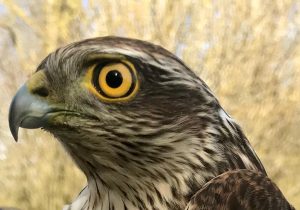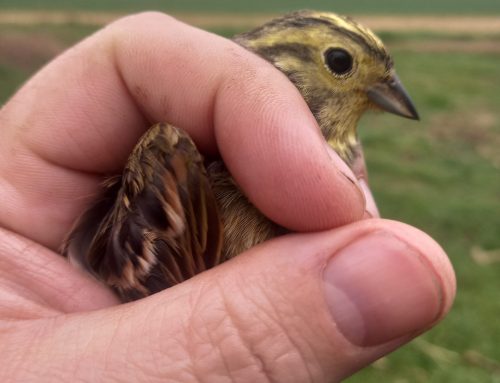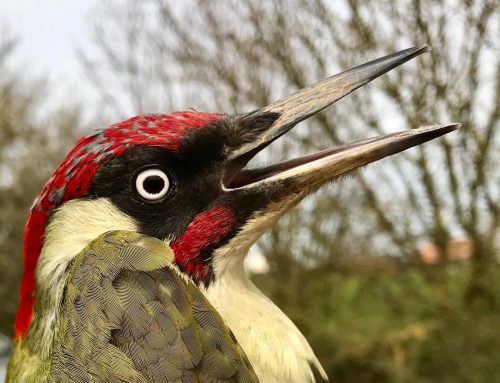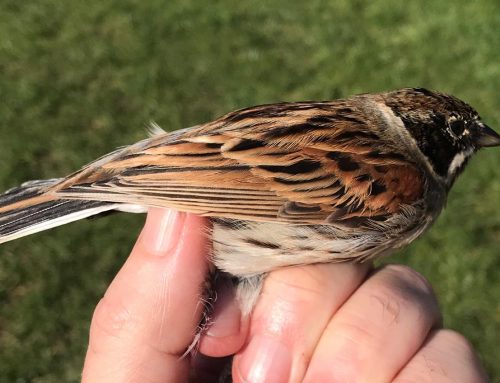 It was a beautiful morning’s ringing with Barry, Sean, and my oldest son Thomas. One of the first birds that I took out of the nets was this 2020 hatched female Sparrowhawk.
It was a beautiful morning’s ringing with Barry, Sean, and my oldest son Thomas. One of the first birds that I took out of the nets was this 2020 hatched female Sparrowhawk.
We identify it as a female because there is sexual dimorphism between males and females. Females are noticeably larger, up to 25% bigger. This is one of the largest differences in any species of bird. See BTO Birdfacts.
Ageing was easy. This was an age code 5 which means it was hatched the previous year. The sheer amount of brown on the bird. Sparrowhawks have a three-year moult, so by the end of this year it will be a mixture of brown and grey feathers and by the late autumn of 2022 it will be completely in adult plumage.
She will hopefully breed this year, but Sparrowhawks typically only live to 4 years once they’ve got through their first winter. The male will have to be exceptionally careful because it has been known for females to sometimes kill their suitor! When held, Sparrowhawks have to be treated with respect.
 Also seen this morning were three Ravens “cronking”. Just five minutes later they were picked up by another keen birdwatcher at Stowupland. It is great to see these magnificent birds back breeding in Suffolk. They have a very tentative hold on the county at the moment and just a few years ago they were something which every Suffolk birder wanted to see. Now, they are an uncommon site away from their nesting areas.
Also seen this morning were three Ravens “cronking”. Just five minutes later they were picked up by another keen birdwatcher at Stowupland. It is great to see these magnificent birds back breeding in Suffolk. They have a very tentative hold on the county at the moment and just a few years ago they were something which every Suffolk birder wanted to see. Now, they are an uncommon site away from their nesting areas.
This was my first time ringing at the Osier beds. It’s a beautiful piece of carr woodland. The river floods the site regularly in the winter and you can see from the beautiful peaty soil that it is waterlogged.
As it was slightly breezy today many of the Yellowhammers and Reed Buntings wintering were using this area for feeding.





Leave A Comment